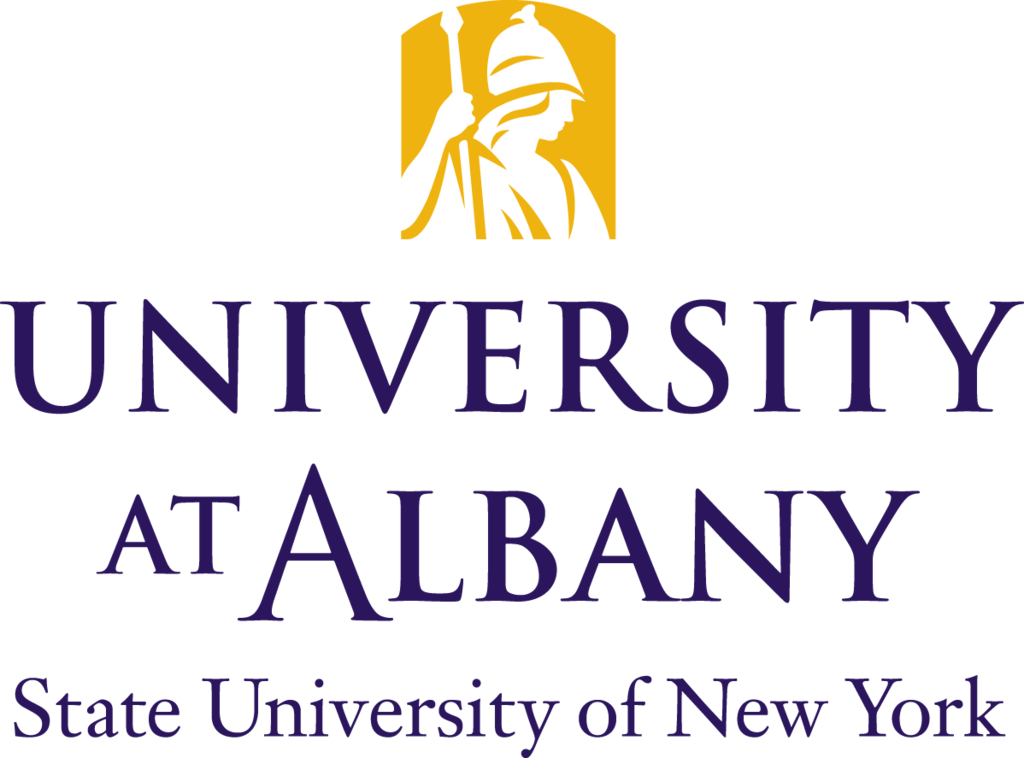ALBANY, N.Y. (June 14, 2023) — New York City set a record last week for the worst recorded air quality the city has ever seen due to wildfire smoke drifting from Canada. At its peak, the Air Quality Index (AQI) for the city reached 405 out of 500 — the highest since records began.
Many other cities in the eastern U.S., including Albany, were also impacted, engulfed in an orange-colored, smoky haze for several days.
Jim Schwab, senior research faculty, emeritus, has studied atmospheric chemistry and air pollution for more than 30 years at the University at Albany’s Atmospheric Sciences Research Center. We caught up with him to learn more about this unprecedented air pollution event and if New Yorkers should expect more wildfire smoke to reach them in the future.
Particulate matter (PM2.5) is the air pollutant of greatest concern to public health from wildfire smoke. What is particulate matter and why it is so dangerous?
Particulate matter is the condensed phase (solid in the case of smoke) particles suspended in air. We measure it in terms of mass of solids per unit volume of air. These particles are too small to see individually, but when they are in high concentration they appear as haze or smoke. Because they are so small, they can penetrate deeply into the lungs and cause issues. Smoke has many toxic carbonaceous compounds that can damage lung linings and other internal tissues.
New York City recorded its worst-ever air quality last week. What made the transported smoke from this event so much worse than previous ones?
This event was compounded by a combination of factors. First, there were a very large number of fires in nearby Canadian provinces (at least 160 by one count). This creates a large source of smoke, even more so given the dry weather for the last month. Second, there was a large storm system stalled over the Maine coastline creating a circulation pattern that drove the large smoke plume to the south and over New York State. Third, the details of this circulation kept the transported smoke at ground level, where we live and breathe. This contrasts with the smoke plumes we have seen from western wildfires, which often remain aloft where they do not affect surface concentrations.
Some parts of New York experienced an AQI over 400. What does this mean and how is AQI used to keep us safe?
AQI is used to provide a simple measure of air quality. Scientists, like me, like to look at actual mass concentrations, but those values have little meaning to the general public. With AQI, anything under 50 is good, 50-100 is moderate but getting worse, and over 100 is where the problems start. A value over 300 is considered hazardous, where everyone is likely to be affected by poor breathing conditions.
Researchers at the New York State Mesonet, operated by the University at Albany, track air quality in real-time through the weather network’s specialized profiler sites. How does the profiler instrumentation work and better prepare New Yorkers for events like what we experienced last week?
The Mesonet lidars work by projecting a pulsed laser beam of light upward into the atmosphere and measuring the returned light caused by scattering particles, like clouds or smoke. By measuring the time delay between the emitted laser pulse and the detected return signal, these instruments can determine the concentration as a function of height. They also measure wind speed and direction as a function of height above ground. As mentioned above, the smoke plume can be aloft or at the surface. Surface monitors tell us what is at the surface, but the Mesonet profilers can also "see" plumes that are aloft and can help us be aware of those potential threats.
Mesonet researchers released a study last year that found more frequent and intense western wildfires are impacting New York’s air quality. Should we expect more events like this one in the future?
All indications are yes. I am not an expert in this area, but many climate scientists expect hotter, dryer conditions to favor more frequent and intense wildfires.




